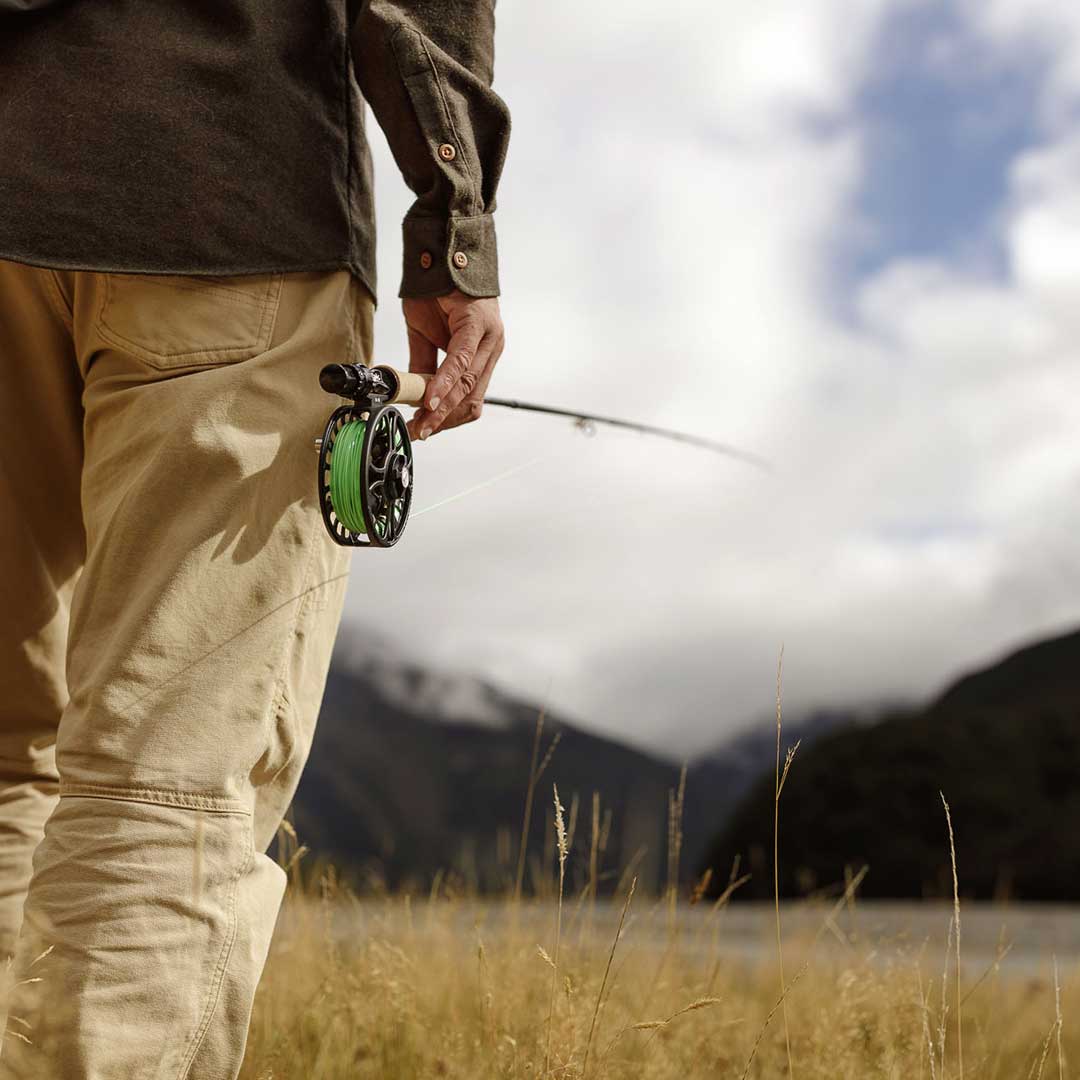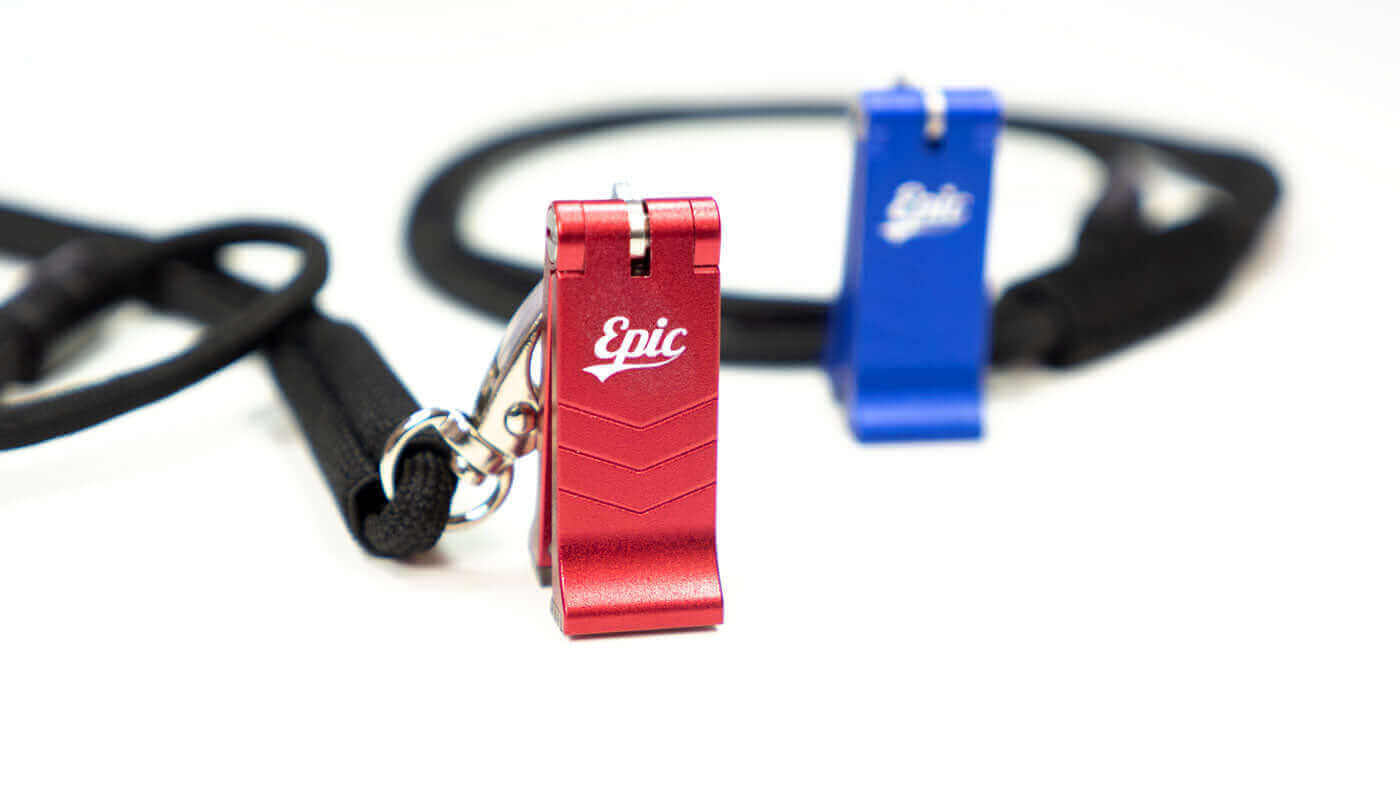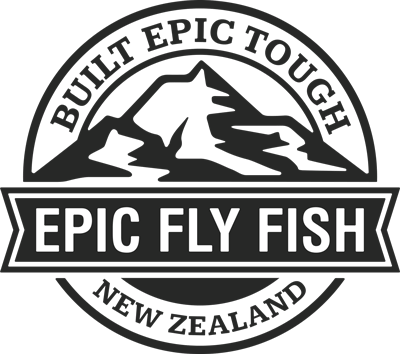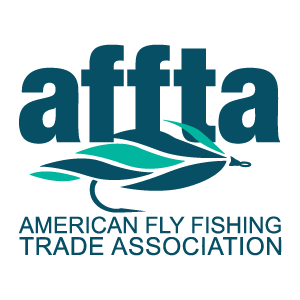The Epic brand was born out of the simple desire to “Build a Better Fly Rod” after having seen so many fly casters hampered by stiff lifeless fly rods.
Fiberglass Fly Rods - Epic FastGlass®
Why Build Fiberglass Fly Rods?
Lets get this straight from the get go - We are not Fiberglass bigots (or bigots made from any material for that matter). We also build remarkable fly rods of carbon fibre (graphite). Our philosophy is to use the very best materials for each fly rod application. Sometimes the properties of high modulus carbon fibre are called for, for many other applications modern unidirectional glass fibre is the way to go. We are one of the very few fly rod companies in the world that offer a comprehensive range of fly rods using both materials - and that's because we employ what's best for a given application - not what's most popular.
We do have a special love for glass though...
Fiberglass is the perfect material to build fly rods that are extremely tough, smooth, durable and fuller flexing than Carbon fibre. Our FastGlass fiberglass fly rods are perfectly suited for long lazy casting strokes, presenting dry flies like thistledown or slinging serious weight out on the flats.
Contrary to popular opinion, high line speed is not always desirable, and truth be told, much of the time a very fast moving fly line is exactly what you don't need when fly fishing. Regardless, line speed isn't totally dictated by a fly rods stiffness at all - but by the extent and speed by which the caster can execute a haul.
Hauling aside, it is generally true that due to their fuller flexing nature and slower recovery speeds glass rods tend not to develop the high line speeds that can be generated by stiff carbon fibre rods (all things being equal).
Add a well executed haul in there and a glass rod can develop line speeds every bit as fast as any other material. - most of what you've read regarding line speed, is not to put too fine a point on it - bullshit.
What is true however, is that Glass rods are not only kinder on light tippets and the fish connected to them, they are kinder and easier on fly casters.
Fiberglass also has a much higher resistance to damage than carbon fiber - an important benefit in our book.
Fiberglass is a very warm, tactile material. Epic glass rods are fun to cast, there's no other way to describe it. Glass rods just have more soul.
Not all fiberglass fly rods are created equal.
Just like carbon fibre (graphite), glass fibre (fiberglass) comes in many many types. The mechanical & material properties of glass fibre pre-preg used in blank manufacture vary widely and in order to better understand how a 'Fiberglass' fly rod might perform, it's important to at least understand the differences that the main types of fiberglass might impart.
Epic fiberglass fly rods are unique in that they are one of the only production rods in the world to be constructed using a fully unidirectional Zentron® S-2 Glass fibre material. Even today, most fiberglass fly rods are constructed using older E-Glass material - And of course that old school glass feeling is a very real part of the affection many anglers have for 'glass'
Modulus
Before we get too carried away it's important to touch on an often used but seldom understood term.
What is a modulus? (Young's Modulus)
A modulus is a numerical value, which represents a physical property of a material.
What is the Young Modulus?
This is the modulus of elasticity - a number which represents how easy it is to deform / stretch a material. When we talk about fly rods we usually use modulus to describe the stiffness of the material that was used to construct the blank.
Generally speaking, high modulus rods have fast recovery speeds but are less strong overall. Rods constructed with lower modulus materials (Cane and fiberglass) generally require less force to bend, are tougher, bend deeper and return to straight a little more slowly than rods of Carbon Fibre.
But this is not always the case as many other factors also contribute to how a fly rod performs. Taper and wall thickness, length and swing-weight play more influential roles on how a fly rod performs. It's entirely possible to make a 'slow' fly rod from carbon fibre and a 'fast' fly rod from Glass fibre or even cane. As Mr Einstein said - It's all relative.
Measurement & Units
To be correct, Young's modulus is the ratio of stress (which has units of pressure) to strain (which is dimensionless), and so Young's modulus has units of pressure. Its SI unit is therefore the pascal (Pa or N/m2 or m−1·kg·s−2). The practical units used are megapascals (MPa or N/mm2) or gigapascals (GPa or kN/mm2). In United States customary units, it is expressed as pounds (force) per square inch (psi). The abbreviation ksi refers to "kpsi", or thousands of pounds per square inch.
The modulus, or resistance to bending of E-Glass is around 75GPa, with S-Glass exhibiting greater stiffness at up to 95GPa, High modulus Carbon Fibre 350 - 450Gpa.
- E-glass - roughly 75GPa
- S2-Glass - roughly 95GPa
- High modulus Carbon Fibre around 350 - 450Gpa
In saying all this, Modulus alone is a little meaningless. It must be further described such as elastic modulus, flexural modulus, ductile modulus and several others.
E-Glass
The common E-Glass found in most inexpensive fly rods was originally developed as an electrical insulator in the 1930's (hence the "e") it features cross woven or even chopped strand fibers. Due to its strength, high damage tolerance, low cost and mouldable nature E-Glass rapidly found favour with boat & surfboard builders.
While a cross woven material might be great for building boats, kayaks and surfboards the very nature of the weave make it less than perfect for building fly rods. To build a great fly rod we ideally need the majority of fibers to run longitudinally up the bank, and a smaller number of fibers running cross wise to hold the bundle together and contribute hoop strength. (Generally hoop strength is achieved by utilising a fibreglass scrim anyway) However, all those additional cross fibres in conventional E-Glass do nothing but add weight and resin load to the material. This is in part why most fiberglass fly rods tend to be comparatively heavy and quite slow to recover to straight. Think of the fiberglass fly rods of old. Overall E-Glass is cheap to produce and relatively heavy.
S-2 Glass
S-2 glass was first developed for military missile applications, and later, armour plating on military vehicles. It is a higher quality product than standard E-glass and is about 30% stronger and 15% stiffer. S-2 Glass is used in applications that require greater strength and less weight than common E-Glass. A very small number of manufacturers claim to use S-Glass in their fly rods, one manufacturer claims to use a "largely unidirectional" material in their glass rod construction. E-Glass and S-Glass are fine materials for fly rod construction, but for our Glass fly rods we chose the most modern most advanced material available.
Unidirectional S-2 Glass
Epic FastGlass® fly rods are produced from industry leading Zentron 8 micron Unidirectional S-2 Glass. This next generation fiber is specifically engineered for fly rod production and features 8 micron fibers developed and produced in the USA. These fibres are almost half the diameter of other unidirectional materials, resulting in a tighter, more precise and stronger material.
Zentron S-2 Glass is a modern composite material that exhibits very high damage tolerance, high tensile strength, high flexural strength and is extremely well suited to advanced fly rod construction.
Modern unidirectional S-2 Glass is primarily used in the construction of wind turbine blades, helicopter rotor blades and militarily aircraft. The Sikorsky Helicopter Corporation even have a patent on it's use. We use it in our fly rods for the very same reasons.
With the majority of fibres running longitudinally - where they are needed most - we can produce fly rods that are not only very strong but are very light and have faster recovery speeds than conventional E-Glass or even standard S Glass
In short, because our FastGlass is so strong we can use less material, this gives us a very strong blank that is light and extremely responsive.
Epic FastGlass fly rods still exhibit the full flexing feel, strength and casting goodness of fibrerglass, but without the associated weight and that 'Noodle' feeling we all know.
At Swift, we make great fly rods, not noodles.
FastGlass®
Materials may come and go, but fly rods are all about tapers. These unique tapers are rolled using ultra modern full unidirectional fiberglass and produce something greater than the sum of it's parts - we call this FastGlass®.
FastGlass® as an all encompassing term which describes the combination of materials, tapers and construction that produce the unique feel of our Epic glass fibre fly rods.
These rods are unlike the glass rods of old or even new. Epic FastGlass® rods are light, crisp and lively. They recover a little faster than your average glass rod, but still have all that soulful feel, silky smoothness and downright toughness that only glass can deliver.
Each rod in the Epic series was developed by IFFF Master Casting Instructor, Carl McNeil. Cast one and try not to grin.
FastGlass® is a Regesterd Trademark of the Swift Fly Fishing Company.
Quality.
Our fly rods are produced using superior materials from top to toe. Our fly rod blanks, many with a translucent finish, are difficult to produce (our technology partner constantly reminds us), many blanks are rejected, and only the very best quality blanks from each batch go on to carry the Epic name.
We use superior cork & components and each fly rod is made one at a time, as the customer orders it, right here in our small studio workshop in Wanaka, New Zealand.
We take great pride in our originality of design and workmanship - even our natural glass rod tube is unique.

One at a time, really.
While its true that you can really only make fly rods by hand, all production rods tend to be mass produced, shipped out and marketed in the hope that each will find an owner.However, a new Epic fly rod comes into existence only after it is ordered by one of our customers . Each Epic fly rod is then commissioned and hand crafted with tender loving care, right here in our small studio workshop in the gorgeous alpine resort town of Wanaka, New Zealand. We know the name of the owner of each rod and where its home will be throughout every step of the process. At the end of the build, we have the distinct and very real pleasure of uniting each rod with its new owner. And that is about the biggest thrill we get.
Why Epic Fiberglass Fly Rods?
Simple, Epic Fiberglass Fly Rods have no equal.
Our glass rods are lighter, tougher, and have a crisper response than any other glass-fiber fly rod produced. Our cork, components and build quality are unbeaten by any production fly rod, be it glass or carbon fibre. These are 100% glass rods from top to toe.
The Very Best, We Guarantee it.
























